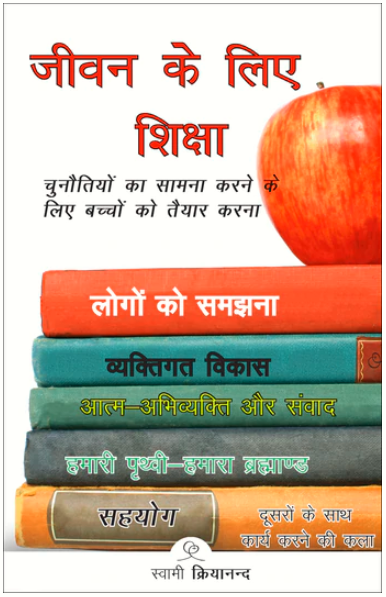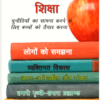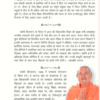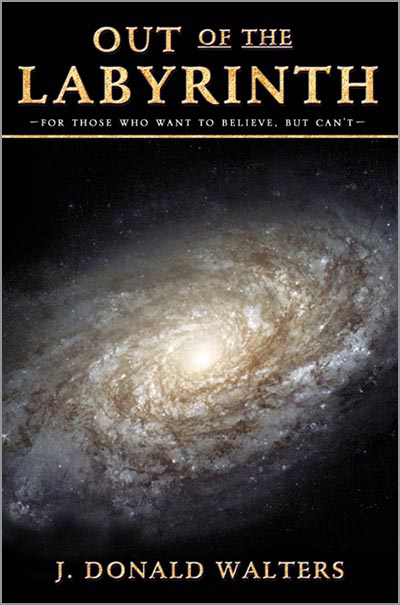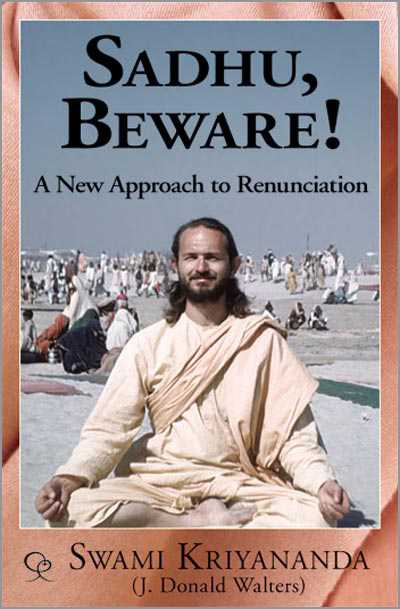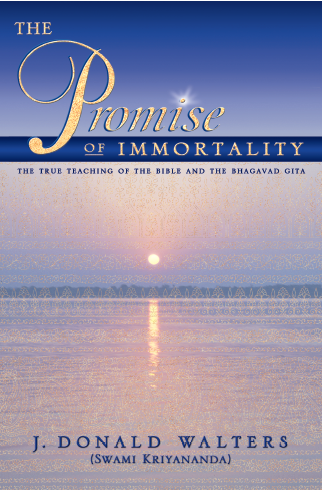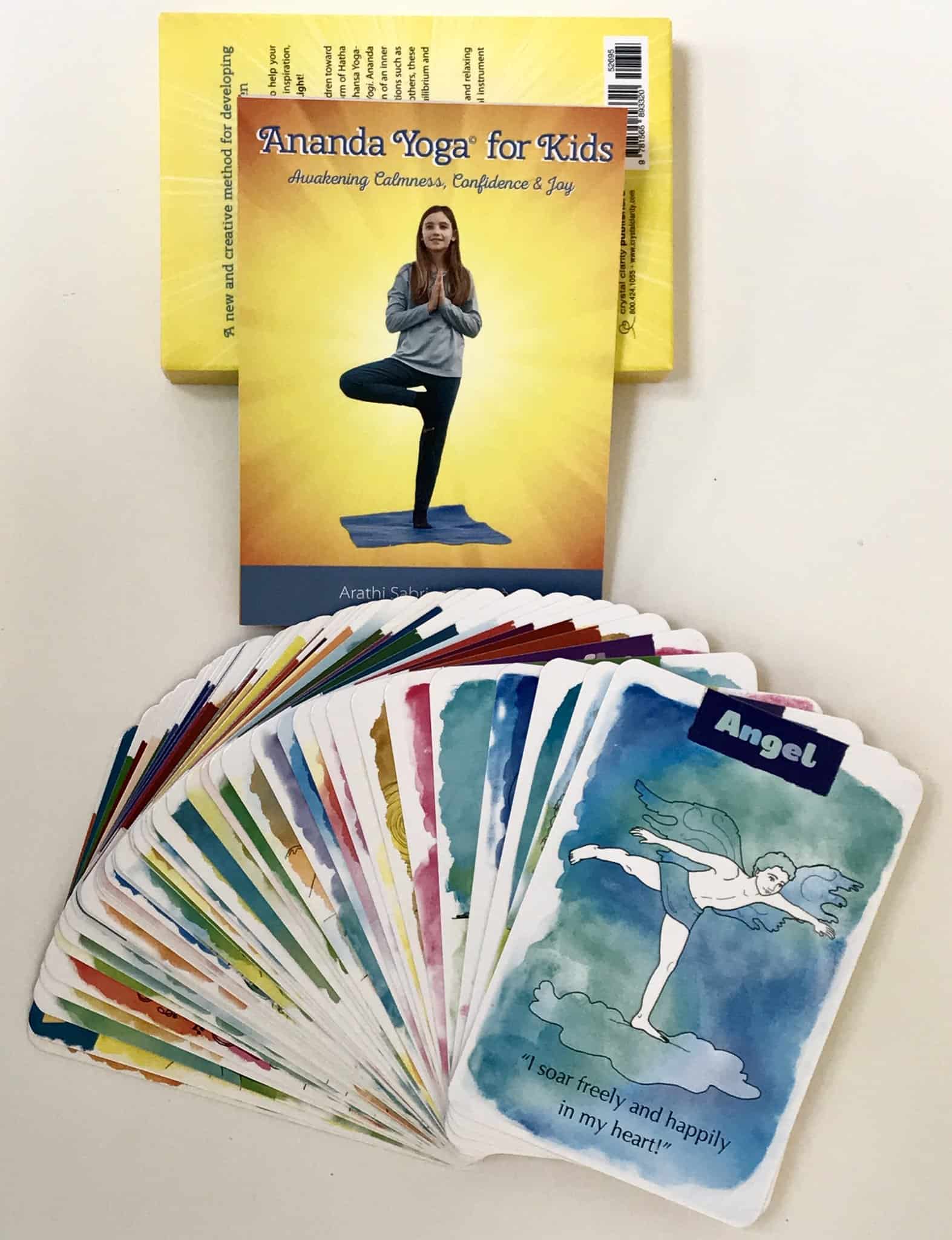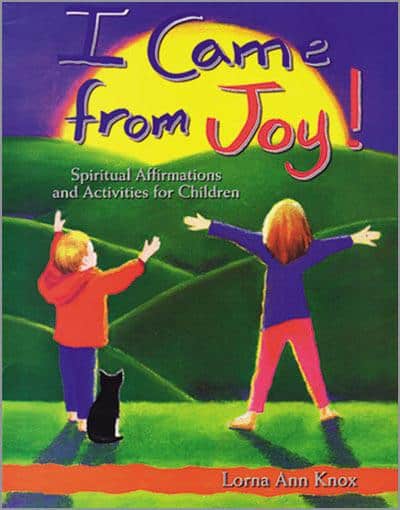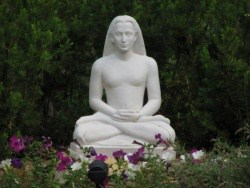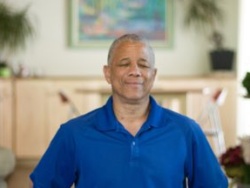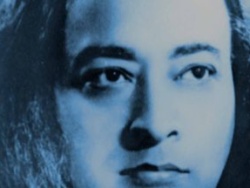Education for Life offers a constructive and brilliant alternative to what has been called the disaster of modern education. The need for a change is universally recognized. The statistics of illiteracy, drug abuse, and violence speak for themselves. In this book, Kriyananda traces the problems to an emphasis on technological competence at the expense of spiritual values, which alone can give higher meaning to life. Education for Life offers parents, educators, and concerned citizens everywhere techniques that are both compassionate and practical.
This revolutionary book is based on the pioneering work in India of Paramhansa Yogananda, in the early years of the twentieth century. The Education for Life system has been tested and proven for over three decades at the many Living Wisdom schools located throughout the United States.
This book is a workable combination of idealism and practicality telling educators what to teach, when to teach it, how to teach it, and why. Educators in both American and Europe have acclaimed the Living Wisdom schools as places where children are encouraged to grow toward full maturity as human beings, and where they learn not only facts, but also innovative principles for better living.
WHAT OTHERS ARE SAYING
“Kriyananda believes that the major weakness of contemporary schooling is its failure to teach basic human skills like getting along with others and oneself, living healthfully, developing latent talents, and acquiring the tools of self-education. His curricular program, tested at the Living Wisdom Schools, stresses the importance of experience, physical well-being, the emotions, will power, and the intellect. He recommends organizing all subjects under five categories: Our Earth-Our Universe, Personal Development, Self-Expression and Communication, Understanding People, and Cooperation. While many of the ideas are familiar, his approach is innovative and his presentation effective. Parents, as well as educators, will be interested.”
—Library Journal
“Timely work for parents and teachers without introducing sectarianism nor overwhelming you with facts, but rather showing you how to pay attention to [childrens’] development into successful/happy persons.”
—The C.S.P. World News
“Education for Life, is a . . . philosophical view of education as it is now and as it could be improved. Interesting reading for those who enjoy studying a variety of suggestions for improvement in education.”
—Creative Learning magazine
“In Education for Life, Kriyananda presents his philosophy of educating the whole human being. He states that life is the opportunity to develop to our full potential as human beings. In the introduction to the book, Jesse J. Casbon says, ‘Education for Life expands the current definition of schooling; it offers parents, educators, and concerned citizens everywhere techniques for transforming education into an integral process—one which harmonizes book learning with direct life experience.’ Kriyananda has founded several institutions based on this belief. Education for Life is enjoyable reading for those who wish to banter philosophies or present an innovative system to their school districts.”
—Family Learning Exchange (FLEX)
“The 176 pages are filled with common sense of an educated author, telling teachers and parents values to be taught to children.”
—The Murray Hill News
“A new book on alternative education, Education for Life gives clear and penetrating insights into the nature of education and its goals. Equally applicable for home-schoolers, educators, or parents, Education for Lifenot only explains why school systems fail to produce whole human beings but also gives many examples of specific curriculum and learning experiences that can be added to basic school subjects to dramatically affect this outcome. Kriyananda asks and answers many fundamental questions about the stages of human development. Along the way he takes what are often vague and confused concepts and offers simple definitions for them. For example, he defines maturity as ‘an ability to relate to other people’s realities, and not only one’s own.’ Immaturity he defines as ‘a little child throwing a tantrum on the floor because he can’t get what he wants.’
“The emphasis of the book is on the practical teaching of human values and the acquisition of morality as a stage of developing maturity. Education for Life transcends dogma and yet manages to impart the essence of religious teachings in a commonsense manner. Kriyananda sees spirituality in universal terms and argues that these concepts must be used to counter the prevalent notion (traceable to Darwin and Freud, for example) that humanity is its lower nature. Modern education, consciously or unconsciously, is founded on the bottom-upward view of things. And the churches have made the worst possible case for their own higher view, both by losing their tempers and hurling perpetual anathemas, and by insisting on substituting definitions—that is to say, dogmas—for reality. They’ve given the educators the best imaginable excuse for not including God in the classroom. (But) moral and spiritual values need not be confined to the many sectarian teachings regarding them. Humility, for example, is quite unnecessarily called Christian humility; it is humility, simply, and only limited by the additional label, ‘Christian.’ And why can’t we do the same thing with the concept of God? Why not consider the possibility that there might even be an ‘atheists’ God? For though the atheist claims to reject God altogether, all he really rejects is other people’s definitions. For himself, he must be motivated by some ideal, some goal, some principle, or else abandon his very humanity. And that principle, for him, is what we call God, for it is the highest point towards which he himself presently aspires.’
“Education for Life has given rise to the Education for Life Foundation which coordinates outreach functions to the educational community. It has developed seminars and consulting services and includes workbooks for both parents and teachers in the Education for Life principles.”
—Festivals
“Long interested in the education of children and young adults, Kriyananda here shares his views on that theme. He writes, ‘If conventional teaching sparks few creative references to their own lives in the students’ minds, it is because facts, by themselves, are static and immutable. Too much devotion to committing facts to memory actually discourages the fluidity and dynamism of creative thought. Teachers themselves, if they teach by this method, tend to sink into a rut from which they end up resenting any effort to dislodge them.’ Again, ‘Much can be accomplished toward giving children an Education for Life, even during the process of teaching standard classroom subjects. Special classes, however, in the art of living need to be taught also, filled with narrative examples, practical illustrations, and useful techniques that the children themselves can practice both in the classroom and at home.’ In twenty-two concise and readable chapters, the author sets forth his practical views on education and supports his thesis with well-reasoned examples.
—TRUTH Journal
“Living Wisdom Schools . . . have set as their goal teaching children the art of living, in addition to a conventional education. Recognized nationally for their contributions to educational understanding, Living Wisdom Schools stand as excellent examples of what concerned educators and parents can achieve. In this book, Education for Life, Kriyananda explains the philosophy behind the Living Wisdom Schools. The modern education system has failed, he states, because it overwhelms children with facts while paying little or no attention to their development into happy, successful people. Kriyananda claims that true maturity should be the goal of education—not simply an ability to function competently in this technological society. Education for Life offers a workable combination of idealism and practicality: a visionary overview brought into focus with specific directions for what to teach, when to teach it, how to teach it, and why.”
—Home Education Magazine
“Before I read this book, I regretted promising to write a review of it, but it turned out to be such an interesting, creative, thought-provoking work, that I did, after all, make the right decision. It has opened up a wider and more stimulating vision of education. It is well beyond the image of our traditional school systems. The author makes clear that ‘education for life’ begins in the home. The moment people become parents, they become the primary teachers. Through reading this book, parents will be learning more simple and effective methods of leading their children into becoming happier and more successful human beings. They will also be learning from their off-spring. The author’s techniques will help produce a much less stressful home-life for all. Consequently there is much better preparation for the future school environment and life outside the home. If the principles of education explained in this book become more widely practiced, I feel sure neighborhoods and even our world would become a more positive enjoyable place. As children growing up in such an environment enter our schools, the potential for more effective learning and teaching will quickly be evident. The teachers as well as the pupils will find their academic lives much more interesting, productive, and satisfying. Learning is fun: non-learning is not fun! Kriyananda paints a very different picture of what the four 6-year periods of formal educational life can be. These periods are zero to six, seven to twelve, thirteen to eighteen, and nineteen to twenty-four years of age. His re-organization and expansion of the curriculum may well stimulate our imaginations. This is especially true of his analysis of the thought processing and behavioral patterns of the above age groups. In summary, the author is saying, ‘Science had taught us to learn from nature. It is time now that we addressed ourselves to seeing what we can learn from human nature.'”
—Jim Doran, Education Consultant, Joyful Child Journal
“With ‘values education’ at the forefront of the nation’s attention, Education for Life is very timely. In this book for teachers and parents, Kriyananda, an internationally known author and lecturer, explains not only why values should be taught, but how to do it without introducing sectarianism. The modern education system has failed, he asserts, because while it overwhelms youngsters with facts, little or no attention is paid to their development into happy, successful human beings. Merely learning to function competently in this technological society is not sufficient, Kriyananda claims, the real goal should be to attain true maturity. ‘Maturity,’ he states, ‘is the ability to relate to others’ realities, and not only to one’s own.’ With these goals in mind, the ‘education for life’ system has been developed and refined.
“Unlike modern education’s teacher-oriented system, this new system is child-oriented, having been designed to meet shifting needs of students with varying ability levels. Education for Life is very specific about the system, detailing what to teach, how to teach it, and when to teach it. The curriculum offers traditional subjects as well as innovative ones. For example, the ‘personal development’ area includes not only physical education, but also special classes to develop students’ abilities to absorb and understand. Concentration, memory, and self-discipline are taught. Youngsters also learn by experience to appreciate the value of attitudes such as willingness, servicefulness, and humility. Even traditional subjects are taught in different contexts designed to facilitate understanding. For example, economics, political science, and foreign languages are in a curriculum area called ‘cooperation,’ and they are taught from that perspective. In this way, students learn to understand and appreciate the higher roles of these and other subjects.
“The ‘education for life’ system cultivates maturity by developing and refining what Kriyananda calls the ‘tools of maturity’—the physical body, emotions, will, and intellect. According to the author, each tool has its own season—a proper time for youngsters to focus on developing skills in that area. He proceeds to give parents and teachers specific instructions for helping develop those skills. The efficacy of the ‘education for life'” system is attested to by the successes of the Living Wisdom Schools. Not only are its students well rounded academically (scoring an average of two years ahead of their age levels on nationwide exams), but they exhibit an ability to approach all of life in a mature, joyful manner. Kriyananda’s lifetime of practical experience has gone into the writing of this book—beginning with his own education in a variety of schools in four countries, and extending into nearly 60 years of teaching, lecturing, and leadership around the world.”
—The Advocate Entertainer
“This is a splendid book: readable, important, timely. I learned a great deal from this book and thoroughly enjoyed reading it. I will be recommending it from now on.”
—Joseph Chilton Pearce, author of Magical Child
“Mr. Walters’ recommendations for educating youth are sound and solid. His ‘tools of maturity’ provide an excellent basis for a curriculum that prepares children for dealing with life’s challenges. . . . I enjoyed reading the book and will certainly recommend it.”
—Dr. Y.J. Mulkey, President, American Institute for Character Education, author of The History of Character Education
Only logged in customers who have purchased this product may leave a review.



